With Death Stranding, Kojima Productions made a point of setting the game in a ruinous future version of the United States of America, but the America depicted in the game bears little resemblance to the real-world country, though this does not lessen the game’s message or its impact.
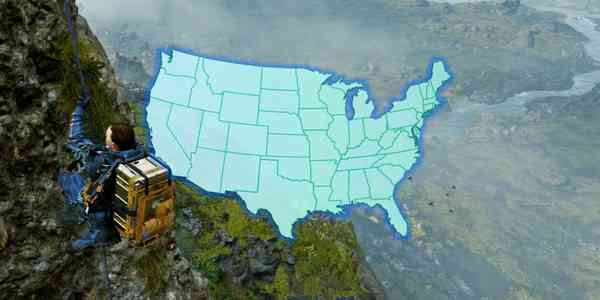
Where the actual USA is about 3,000 miles across from coast-to-coast, the map of America in Death Stranding is estimated at roughly 200 to 500 miles from end to end.

Prior to the game’s release, some theorized Death Stranding would be set in Iceland.
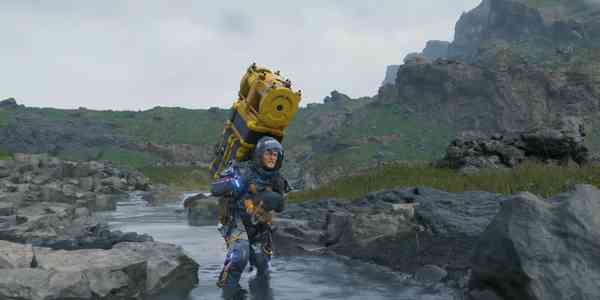
The environment of Death Stranding certainly seemed to support the theory, with its prevalence of cliffs, black sand, moss, and lava rock formations.
There are very few trees to be seen, and no conventional wildlife roams the land, making the game look very different from America’s geography - all of which is by design.
While the landscape of Death Stranding looks nothing like the America we know today, the changes are mostly explained by Death Stranding’s Timefall phenomenon, apart from the smaller scope of the map.
After the titular incident called the Death Stranding took place, the barrier between the world of the living and the dead weakened.
Timefall was one of the accompanying symptoms, a form of rain that causes whatever it falls on to age rapidly.
In gameplay terms, Timefall can erode the integrity of Sam’s containers, which imperils the cargo within them.
The Timefall could also be the reason for the absence of animals in Death Stranding’s America as well as the changes to the landscape.
Porters wear protective gear to avoid Timefall aging them prematurely, a process that shapes the backstory of the character of Fragile and her vendetta against Higgs.
Related: Death Stranding 2: Actors Who Should Appear In The Sequel This extremely alien and unrecognizable vision of America arguably strengthens the game’s themes, instead of conflicting with them.
Death Stranding’s resemblance to Iceland does not appear to be accidental. A PBS Nature episode called Iceland: Fire and Ice notes that “Iceland is a mere child in geologic terms.”
Death Stranding predicted the future in a variety of ways, but with its geography, it reaches into the ancient past of the Earth.
The game imagines an America reshaped by geological processes, with countless years compressed into the mere decades since the Death Stranding event took place thanks to the influence of Timefall.
The literal imagery of America is not recognizable to players familiar with the real-world country, while the game’s themes symbolize an America that is becoming something unrecognizable thanks to increasing polarization, as the population is spiritually separated by insurmountable political divides.
The timing of the worldwide pandemic gave Death Stranding another layer of meaning.
Death Stranding depicts the lifestyle of isolated “Preppers” living in shelters to avoid the threat of Timefall and Beached Things, waiting on Porters from agencies like Bridges and Fragile Express to deliver vitally needed goods.
This hit close to home for the many who were isolated in their homes due to the threat of COVID-19, forced to depend on delivery services like Amazon for their basic needs.
Death Stranding’s meaning changed over time, due to the pandemic, and other games released during that period like The Last of Us 2 also carried unexpected weight.
The America that Sam hikes across in Death Stranding is not the America its residents know, and the real-world country is not the one that they thought they knew.
Death Stranding's unusual depiction of America proved to be prescient in a number of ways.
A country that many of its citizens perceived as invincible was proven to be just as vulnerable to disease and contagion as any other nation, and a country that proclaims itself to be “indivisible” has never been more starkly divided.
Civil liberties such as reproductive rights for women, once thought unassailable, have been stripped away, and still more hang in the limbo of future jeopardy.
In many ways America has become just as strange and alien as the unrecognizable landscape of Kojima’s game.
Some think that poor vehicle options like the Reverse Trike highlight the worst Death Stranding elements the sequel doesn't need or can find ways to fix, but the struggle of transporting goods across the strange landscape was central to the game’s experience.
Related: A Death Stranding Sequel Could Learn From New Director's Cut Location While Sam’s “fetch quests” may feel arduous from a gameplay standpoint, with some treks easily taking more than an hour, they do not approach the time required to cross the real-world USA on foot, which is generally estimated at about six months.
The altered geography of Death Stranding’s America is a result of the Timefall, and synchs well with the game’s themes, while the smaller map size, of course, is simply a necessary compromise to making it a playable game.
Traveling through the dangerous landscape feels like a struggle, and reaching a destination feels like an accomplishment.
The official Death Stranding novels describe most of Sam’s deliveries as taking days or weeks to accomplish.
This means that the game presents an abstracted and compacted snapshot of Sam’s experiences, as opposed to a literal simulation of walking across the USA.
Among even the most avant-garde tabletop RPGs, few match Death Stranding’s strange surrealism.
A version of America that looks like Iceland, that one can walk across in a few hours, could be considered part of that surrealism.
The void of animal life and the presence of ghosts and cargo-mad delivery personnel add to that feeling as well.
Even before the pandemic forced people to question their notion of reality and realize that human vulnerability to disease crosses the borders drawn on maps, Kojima saw the changes taking place, and made a game to reflect those.
The USA was chosen as a setting both for its highly visible role in world politics, and due to the obvious, growing polarization among its people.
It is almost a given to note than any modern story about a post-apocalyptic future carries a metaphor for climate change, and likewise Death Stranding’s inhospitable America can also be seen through that lens.
During the 14 main story episodes of Death Stranding, players come to understand more about the nature of the event that changed the world and reshaped the landscape.
They see the duality of Bridget Strand, as “America’s last president” tasks her adopted son Sam to reconnect the country, even while the Amelie aspect of her persona acts as an agent of extinction.
Current American political leaders face a similar choice, as some act to worsen the divide and erode hard-earned civil liberties, leaving others the unenviable task of trying to repair that damage.
The America of today is unrecognizable as the USA of a decade ago, just as the America depicted in Death Stranding is wholly alien and sinister.
For all its infamously tedious and demanding gameplay, Death Stranding is a breezy power fantasy in a sense, as it depicts a scenario where one man can heal and reconnect America simply by walking while carrying a heavy load.
Next: Death Stranding's Cliff Symbolizes Metal Gear Passing The Torch Source: PBS



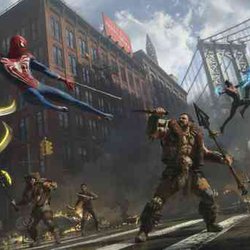
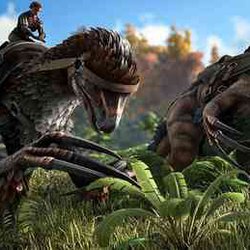







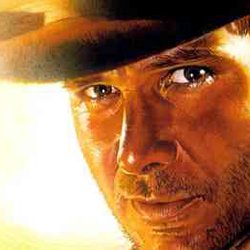

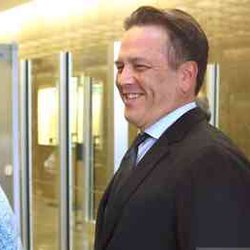



0 Comments:
Leave a Reply